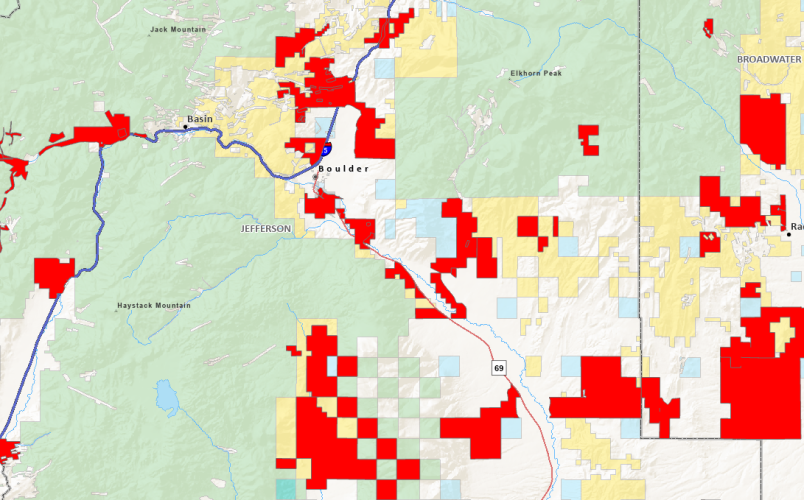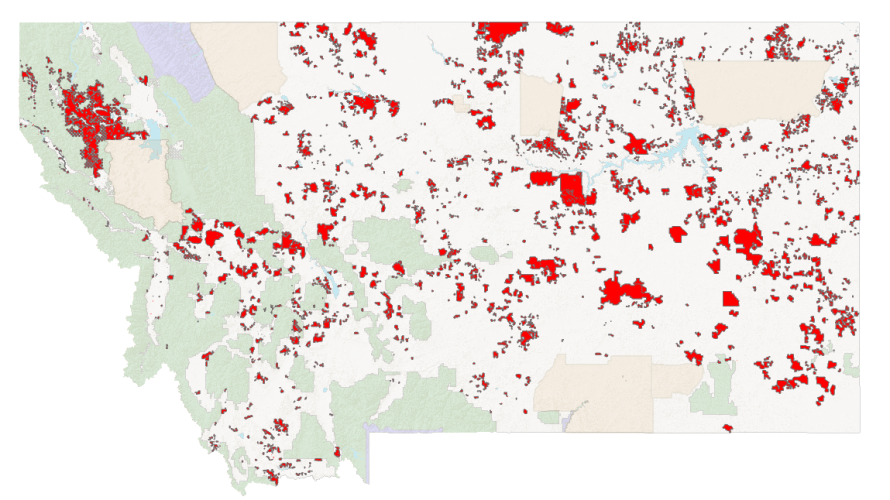WanderWoman
Well-known member
If that’s the case it’s the exception rather than the rule and depending on how it’s written up could/should be rectified. There may be examples of very early CEs where there’s a problem but by now I’d imagine after doing CEs since the 80s(?, 90s?) that FWP is starting to figure it out. I have heard complaints about some CEs on this forum before but not if those complaining have addressed it with FWP.I think they have evolved throughout the years, even the fwp CE’s. Access may be a component but that access may be family and friends.
A number of CEs are administered through Block Management, non-BMA but outside reservation system, sign-in and go, simply go, or via calling the landowner.
Minimum hunter days are written into the CE Deed and access rules/administration is part of a management plan, both of which should be available to peruse if you ask your regional office.
Also, “friends” are technically still public, but I don’t like the optics of that either. I do firmly believe that is also relatively rare considering how many properties have access agreements with FWP.







